Cancelled Flight Letter Template for Quick Resolution
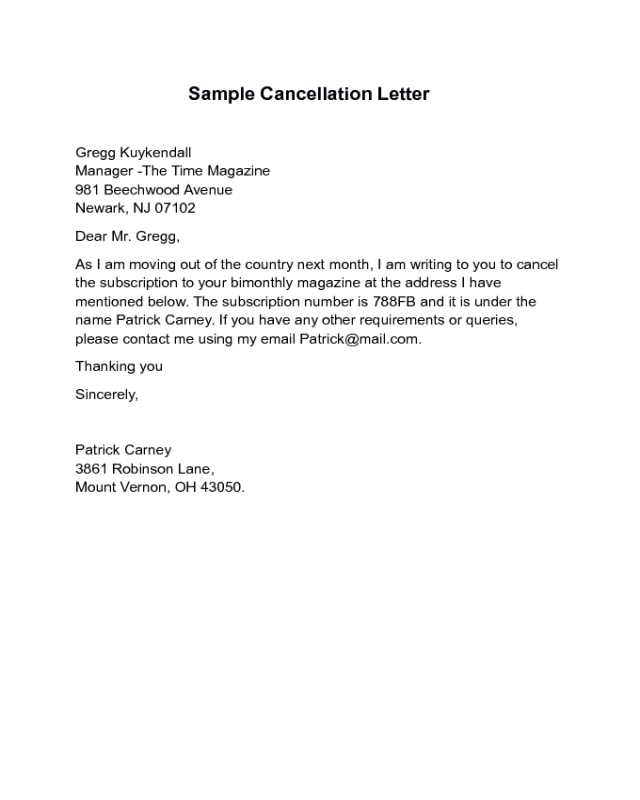
When travel plans are disrupted, it’s essential to communicate clearly and professionally with the airline. Whether it’s due to an unexpected change in your journey or any other inconvenience, sending a formal communication is often the best way to address the situation. This type of correspondence allows passengers to express their concerns, request compensation, or seek alternative solutions.
Understanding the key components of such a message can make a significant difference in its effectiveness. Crafting a clear and concise message can help ensure a prompt and favorable response from the airline. Knowing what to include and how to structure your communication is essential for navigating the process smoothly.
Properly addressing the issue and maintaining a polite yet firm tone can significantly increase the chances of your request being handled swiftly. Following a proven format can save time and ensure that all relevant details are covered.
When your travel plans are disrupted, it is crucial to take the necessary steps to communicate your situation effectively. This guide will help you understand how to craft a formal message to your airline to address any issues caused by unexpected changes to your journey. A well-structured request can improve your chances of receiving a timely and satisfactory resolution.
To ensure your communication is clear and impactful, follow these key guidelines:
- State the reason: Clearly explain the reason for writing and the specific disruption you are facing.
- Provide details: Include essential information such as your booking reference, dates, and any other relevant facts.
- Be polite but firm: Maintain a respectful tone while expressing your expectations and requests.
- Request a solution: Specify what you would like to happen, such as a refund, rescheduling, or compensation.
Including these elements will make your request more effective and help you receive a quick response from the airline. It’s also important to follow up if you don’t receive an acknowledgment within a reasonable timeframe.
Reasons for Writing a Cancellation Letter
There are several important reasons why you might need to reach out to the airline after your travel arrangements have been disrupted. Communicating your situation in writing is often necessary to resolve issues efficiently and ensure that your concerns are taken seriously. By sending a formal request, you can clarify your expectations and request specific solutions, such as a refund or alternative arrangements.
Some common reasons for sending such a message include:
- Compensation Requests: If you are entitled to financial compensation due to a significant disruption, a formal request is the first step in securing it.
- Rebooking: When your travel plans are altered, requesting a new schedule or rebooking is often done through written communication.
- Refund: If you decide not to proceed with the trip or the service provided was unsatisfactory, a refund request might be necessary.
- Clarification of Policy: Sometimes, passengers need clarification on the airline’s policies regarding changes to their itinerary or other services.
By understanding these key reasons and writing a clear, concise message, you increase your chances of having your concerns addressed promptly and effectively.
Key Components to Include in the Letter
When crafting a formal message to an airline, it’s important to include all relevant details to ensure your request is understood and processed efficiently. A well-structured communication helps convey your concerns clearly and increases the likelihood of receiving a prompt resolution. Below are the essential elements to include in your correspondence:
- Contact Information: Begin by providing your full name, address, and contact details so the airline can reach you if necessary.
- Booking Information: Include your booking reference number, the original travel dates, and any other relevant details related to your reservation.
- Clear Explanation of the Issue: Describe the disruption you experienced, including specific details about how it affected your plans.
- Desired Outcome: Be explicit about what you are requesting, such as a refund, rebooking, or compensation for the inconvenience.
- Documentation: Attach any supporting documents, such as receipts, boarding passes, or emails from the airline, to back up your claim.
By including these key components, you make it easier for the airline to understand your situation and process your request more quickly.
How to Properly Address the Airline
Effective communication with the airline begins with addressing the company correctly in your message. This ensures your request is directed to the right department and handled promptly. It’s important to follow a formal structure when addressing the airline, as this reflects professionalism and helps avoid confusion. Here are some tips for proper addressing:
- Use the correct company name: Ensure you are using the official name of the airline and any specific department, such as Customer Service or Claims, if applicable.
- Include contact details: Include the correct contact information for the department you’re addressing, such as their email address or physical address.
- Formal salutation: Begin your communication with a polite and professional greeting, such as “Dear Customer Service Team” or “To Whom It May Concern” if you don’t know the specific recipient.
- Avoid informal language: Use formal language throughout your message to ensure it maintains a professional tone.
By following these steps, you increase the chances of your message being processed efficiently and reaching the appropriate team for a resolution.
Common Errors to Avoid in Your Request
When sending a formal communication to an airline regarding a disruption, it’s essential to avoid certain mistakes that can undermine the effectiveness of your request. Simple errors can lead to delays or confusion, making it harder to achieve a satisfactory resolution. Understanding these common pitfalls can ensure that your message is clear, respectful, and efficient.
Inaccurate or Missing Information
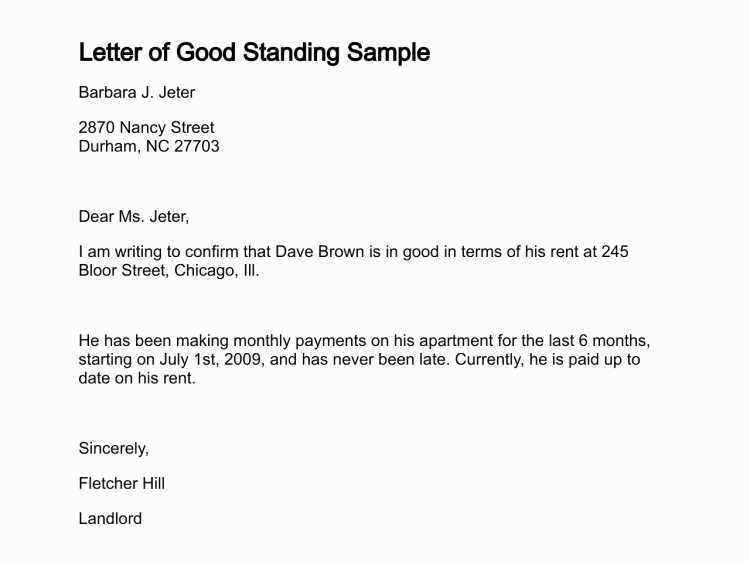
One of the most common errors is failing to include all necessary details, such as your booking reference, dates, or contact information. Omitting key facts can delay the processing of your request or result in the need for follow-up communication. Always ensure that the information you provide is accurate and complete.
Using an Informal Tone
Another mistake is using an informal or overly casual tone in your communication. While it’s important to remain polite and friendly, a professional tone is essential to convey the seriousness of your request. Avoid slang, overly familiar language, or unnecessary humor, as this can undermine your credibility.
Avoiding these common mistakes will help you present your case effectively and increase the likelihood of a positive outcome from the airline.
Sample Format for Your Cancellation Request
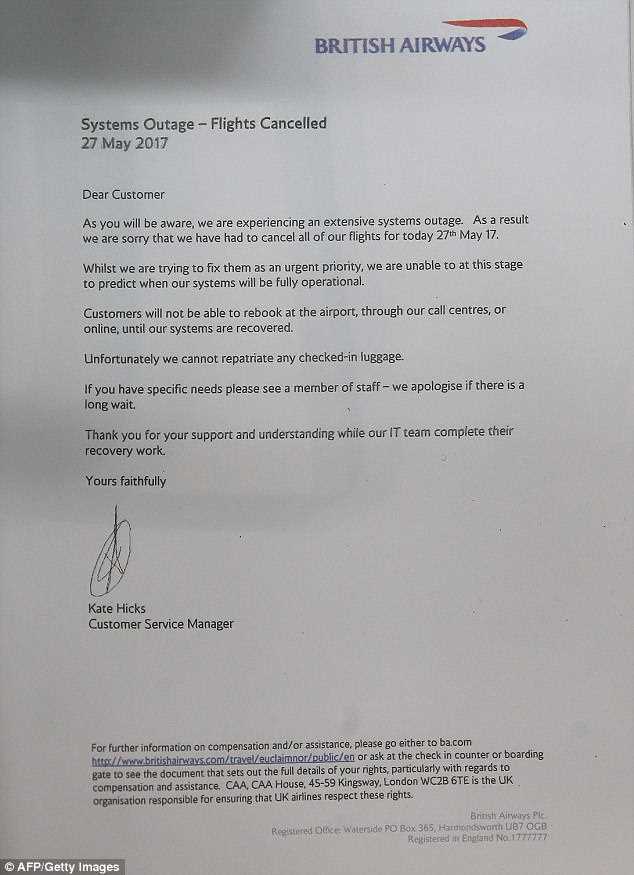
When preparing your written request to an airline, it’s helpful to follow a clear and structured format to ensure that all necessary information is included. A well-organized request is easier to process and increases the chances of a quick resolution. Below is a sample format that you can use as a guide when drafting your message:
| Component | Description |
|---|---|
| Contact Information | Include your full name, address, and phone number. |
| Booking Information | Provide your booking reference number, original travel dates, and any other details related to your reservation. |
| Details of the Issue | Explain the problem, including how it has impacted your travel plans. |
| Requested Resolution | State clearly what action you are requesting, whether it’s a refund, rebooking, or compensation. |
| Supporting Documents | Attach any relevant documents, such as tickets, receipts, or previous communication with the airline. |
Following this format will help you ensure that your request is complete and that the airline has all the necessary details to address your concerns effectively.
Effective Strategies for Letter Follow-Up
Once you’ve submitted your request to the airline, following up is an essential part of the process. It ensures that your case is being handled and that you receive the response you deserve. Properly timed and structured follow-up actions can help expedite the resolution process and improve communication with the airline.
Timing Your Follow-Up
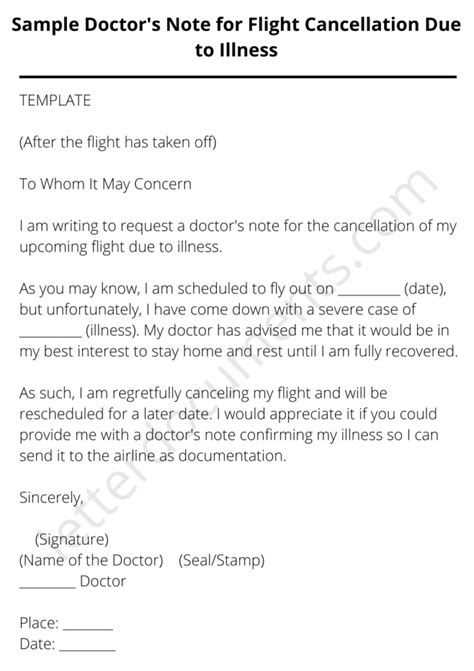
It’s crucial to allow enough time for the airline to process your request before following up. Typically, waiting 7 to 14 days after submitting your initial communication is appropriate. Following up too soon may not give the airline enough time to review your case, while waiting too long could result in your request being overlooked.
Crafting Your Follow-Up Message
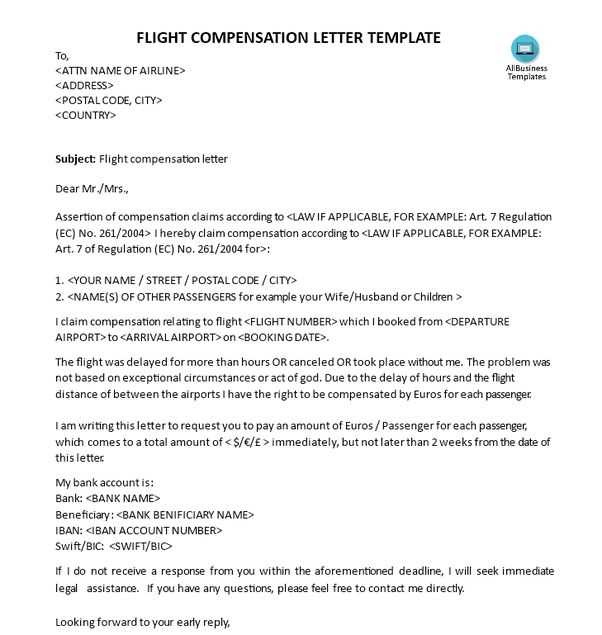
When following up, be polite but assertive. Start by restating the details of your original request, and clearly mention the date of your initial submission. This will remind the airline of your issue and provide them with a reference point. It’s also helpful to express your expectations and indicate your willingness to cooperate for a swift resolution.
By following these strategies, you can ensure that your request is not forgotten and increase the likelihood of receiving a timely response from the airline.